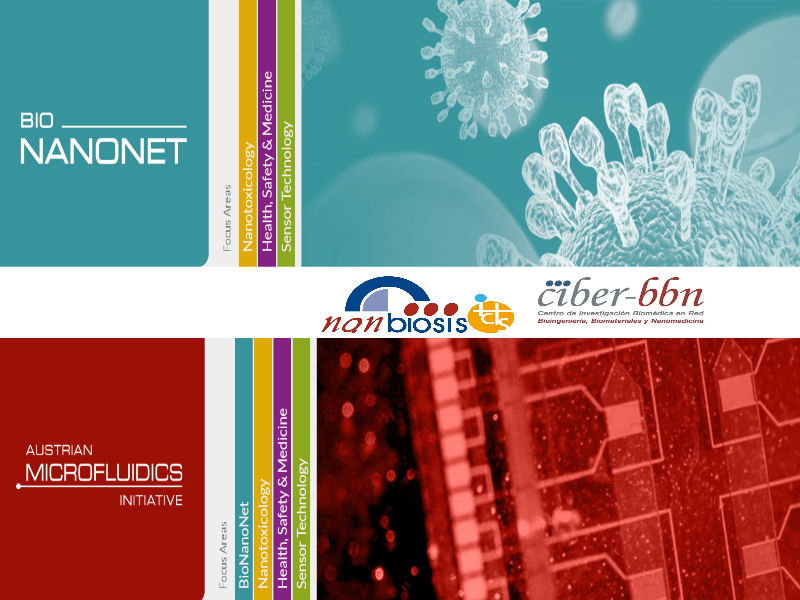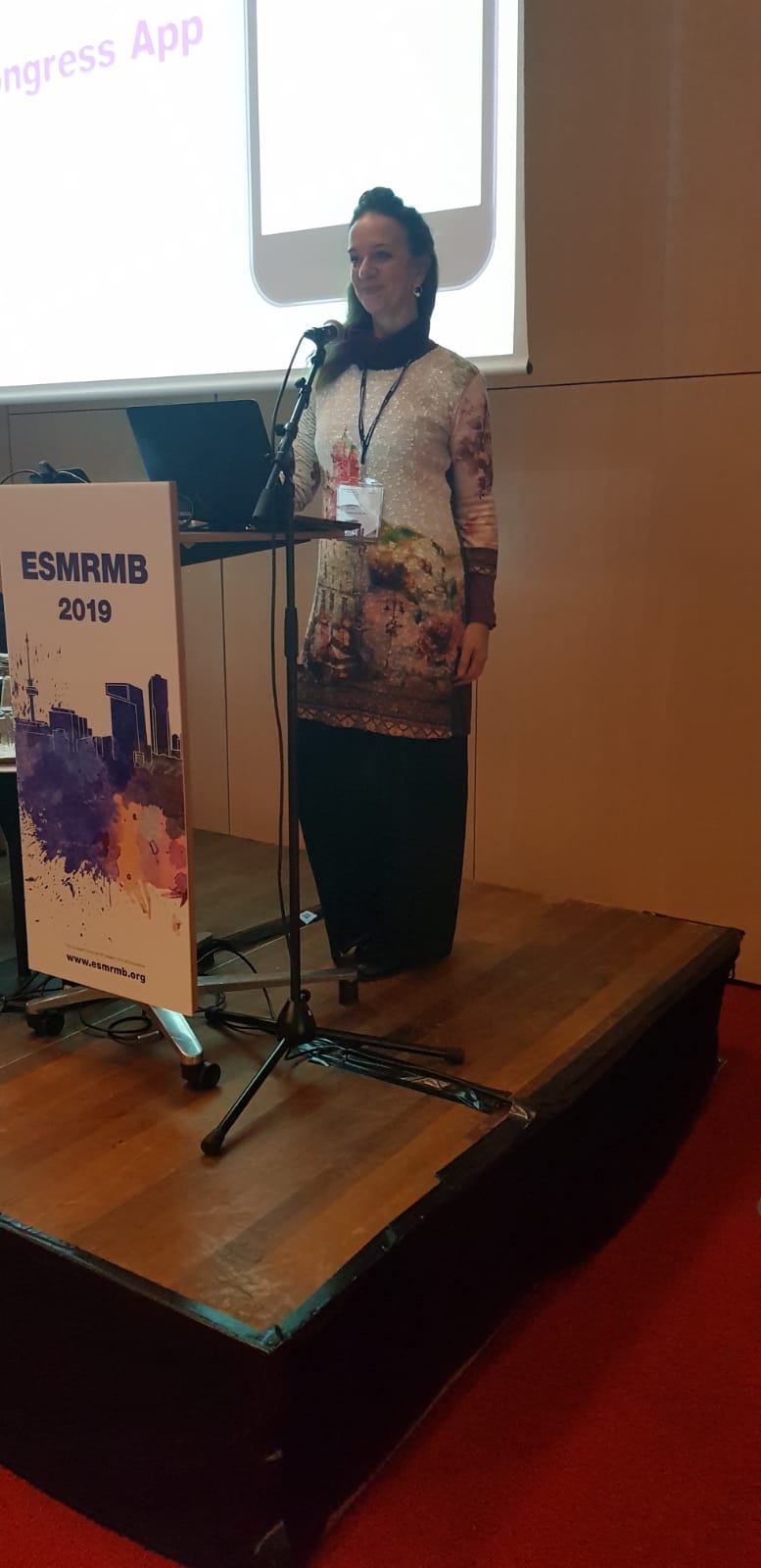Nanbiosis and CIBER-BBN present at BioNanoNet and Austrian Microfluidics Initiative (AMI)
Nanbiosis-ICTS and CIBER-BBN were present at BioNanoNet Annual Forum & Networking event and the Austrian Microfluidics Initiative (AMI) workshop “Biomedicine on Chip” that took place on 10-11th of September 2019 at the premises of the University of Salzburg attracting about 40 participants from both science and industry.
For furher information: https://www.bionanonet.at/; www.microfluidicsaustria.at



















